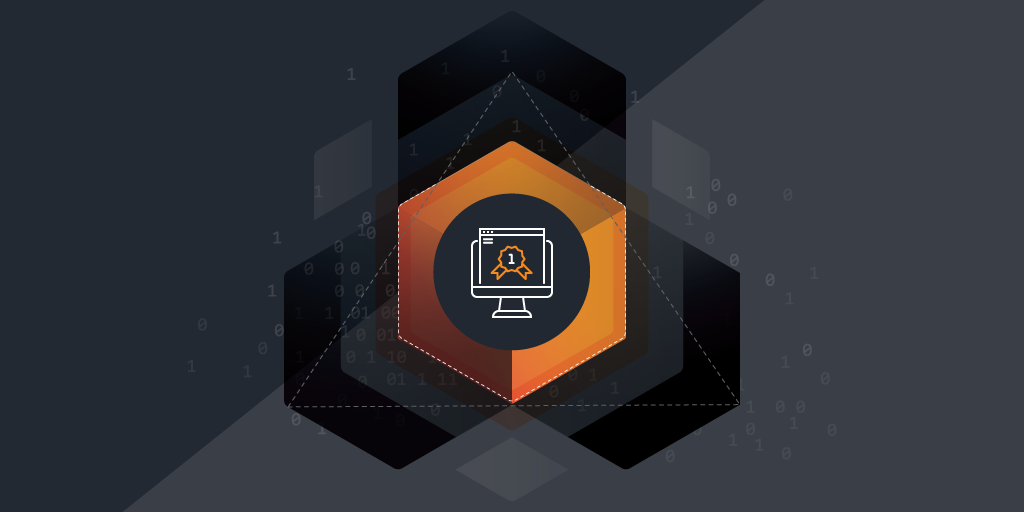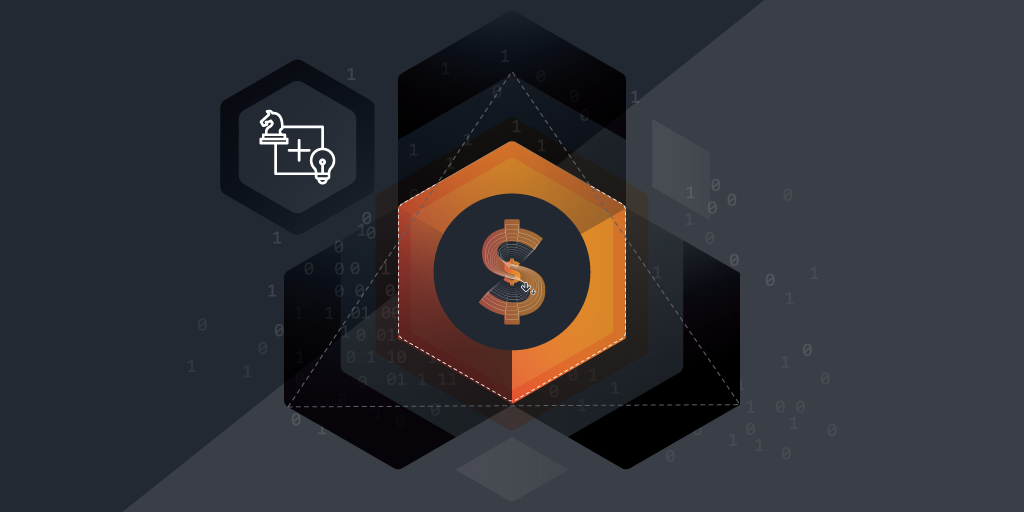
Running a profitable MSP is a challenge in a changing digital ecosystem. It’s especially tough when you want to expand your portfolio, for example by establishing yourself as an authority in vulnerability management.
People know that security matters, but they want proof. With threats cropping up at each scan, achieving 100% remediation is a pipe dream. While offering vulnerability management would undoubtedly expand your client base, it is a tough sell.
Tough, but not impossible as this article will explain. If you want to sell your services you will have to lay out your value proposition in real terms. There’s a huge opportunity for growth if you can introduce an effective, high-value vulnerability management offering as a managed service. Here are our tips for how to do it.
The Fundamentals of Vulnerability Management
Overseeing vulnerability management programs can be tough. You only have so many people, and the hackers you’re up against seem to have infinite time. According to Forbes, 2021 saw an astounding 37% of all organizations suffer ransomware attacks, incurring an average recovery price tag of $1.85 million.
At the same time, there was a broad consensus that companies seemed fairly unprepared to handle these issues. Shockingly, more than 40% of small businesses lacked any form of cybersecurity plan, and 85% of MSPs said that ransomware was among the largest threats their small business clients faced.
A good risk management plan stands to save your clients millions. IT infrastructure, and by extension network security are becoming more complex every day. Enterprises are increasing their adoption of cloud and distributed technologies. With breaches becoming more common, you’re likely to receive more requests for preventative measures. You’d better be ready to meet the demand.
1. Build the Right Vulnerability Management Team
Having skilled and trained people on board is vital. Your people need to be able to shift gears, adapt to new problems, and recognize threats that others might overlook. They also have to evolve along with the threat landscapes. This means you will need to allocate time and resources for training and business development if you want to stay ahead. Asking your staff to hone their skills on their own time won’t cut it.
Your management practices must also promote continuity. With skills shortages and high staff turnover rife in the cybersecurity industry, think about instituting training programs that make it easy to onboard replacements when team members leave.
This should go a long way in helping make everyday work as seamless as possible. In addition, think about how you can automate day-to-day administrative tasks. This will not only improve workers’ job satisfaction, but it will also free up their time to deliver the security insights your customers value.
2. Automate Prioritization
A critical part of effective vulnerability management is threat detection and prioritization. By focusing on the most critical problems and the issues that pose the greatest threats, you’ll make it easier to resource your client work realistically.
To properly prioritize which threats to handle first, a good vulnerability assessment framework is essential. However, manual triage is time-consuming and prone to human error. RankedRight research revealed that manual triage eats up about £48,000 (or $63,474) per team on average annually. Meanwhile, it slows down your incident response time. Even if you’re a project management master, there simply aren’t enough hours in a day to handle everything by hand.
Automating threat detection and prioritization is the smarter alternative. All you need to do is define the rules and let the system work out which threats meet your criteria. You gain the time and freedom to strengthen other aspects of your operation: focus on incident response, manage training, and promote client transparency, to differentiate your business.
3. Invest in the superior systems
Having the right tool kit at your disposal lets you deliver solutions when it counts. Make sure you have an accurate, thorough vulnerability scanning system in place, or use the one your client has in place, and then add the tools and software that will let you act on the scanned data as quickly and effectively as possible.
A tool like Lansweeper can’t replace your vulnerability scanner, but it can give you valuable insights into your technology estate regarding risk, potential vulnerabilities, and EOL and EOS information. On top of that, Lansweeper’s best-in-class asset discovery gives you an unrivaled depth of details, so that you always have up-to-date asset data on hand.
What will set you apart from other managed service providers? Working out your differentiator is crucial if you are to attract customers. What makes your services worthwhile compared to others? Automation that lets you prioritize and triage vulnerabilities faster gives you time and free hands, which you will have to translate to value for the customer.
Provide Better Risk Assessment with Lansweeper
Lansweeper helps you stay on top of any potential weak spots in your customer’s network so you can improve your security controls, pinpoint vulnerabilities and take action before they become a problem.
Lansweeper’s unrivaled asset discovery gives you complete visibility of any IT estate. By running the IT asset data against known vulnerabilities in the NIST database, it can provide a list of vulnerabilities that specifically threaten this IT environment.
The risk insights in Lansweeper not only show you every vulnerability that is threatening the network, but it also shows you the CVSS score, further threat details, and the at-risk assets with their full asset data. This information is indispensable in speeding up your threat detection, incident response, and patch management.
Asset discovery should be part of the baseline for all security policies, frameworks and best practices. You can’t protect what you don’t know you have. Lansweeper gives you a full view of your IT environment with unmatched detail as well as ready-to-go reporting so you are always ready for the next security audit or certification.
Are you ready to take your vulnerability management to the next level? Try Lansweeper now.


